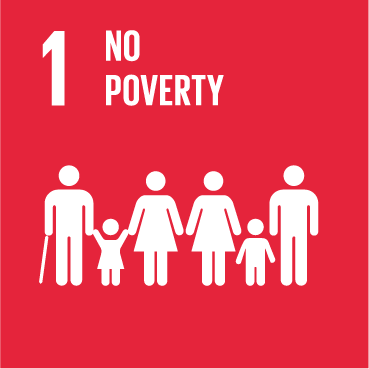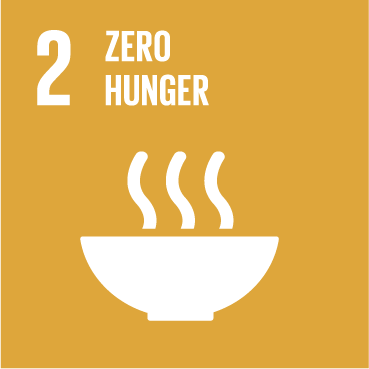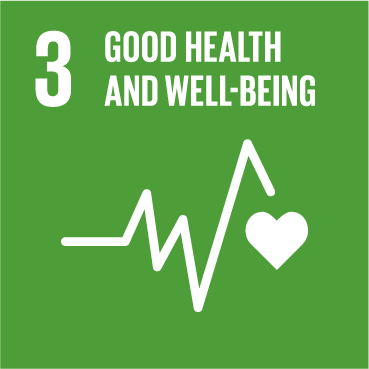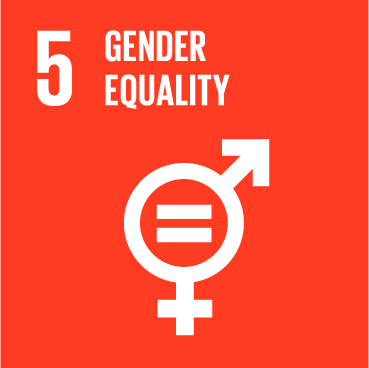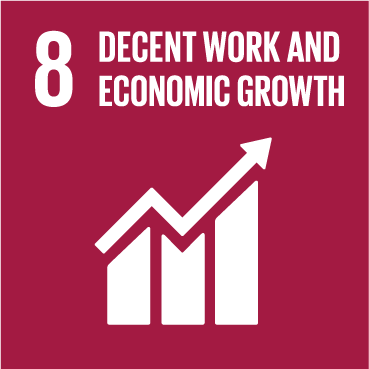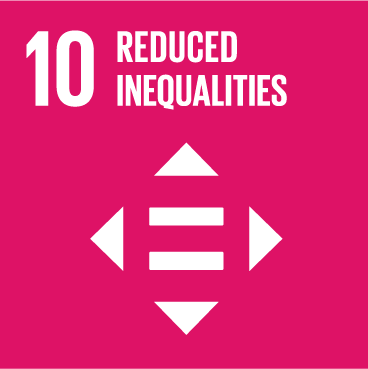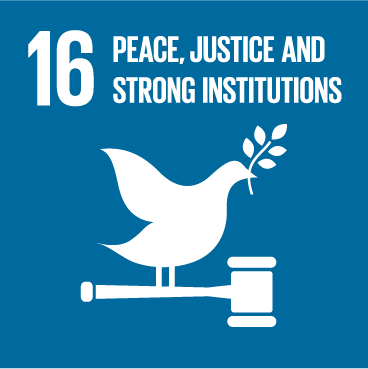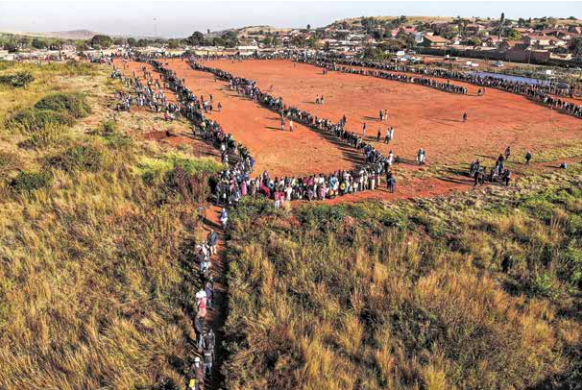
South Africa is in an economic policy cul-de-sac. The government is committed to austerity policies and will not spend more money because it believes public debt is too high. But the idea that South Africa’s 70% debt to gross domestic product ratio is too high is propaganda and fiction. Even if it was too high, a national budget does not operate like a household budget. Austerity is a self-defeating policy because it reduces GDP growth, the bottom part of the debt ratio. It is the cause of a rising debt ratio. Economists have forecast GDP growth of 1.5% a year between this year and 2026. On this trajectory, South Africa would have a second “lost decade” between 2020 and 2030. The number of unemployed people would increase to 17-million. The unemployment rate would increase to more than 50%. Between 2009 and 2019, South Africa had a “lost decade” during which GDP per capita did not grow. By 2030, the beloved country would be an economic wasteland with unbearable levels of political and social instability. According to Keynesian economics 101, the private sector cannot invest if there is no demand for the goods and services produced. In May, large industrial companies were using only 77.2% of their capacity. The major reason was “insufficient demand”, according to a Statistics South Africa survey. If one extends this to the R6.1-trillion economy, the spare capacity of 22.8% was equivalent to R1.4-trillion.
The only way to get out of this cul-de-sac is for the government to spend more money on the economy — the difference between the forecast growth rate of 1.5% and an ideal target of at least 6% GDP growth. Since infrastructure projects and industrial policies take time to implement, the quickest way to spend new money and reach 6% GDP growth is to implement a basic income grant (BIG). The BIG is primarily a macroeconomic policy issue, although it could eliminate income poverty in three years. There are four principles that inform the economics of a BIG. First, the point of the grant is that it must be large enough to take us to the 6% GDP growth rate. For this reason, there should be a BIG for adults (aged 18 to 59) and children. After escalating the 2021 poverty line by 5% a year, the BIG would be at the food poverty line of R655 a month during the first year, the lower poverty line of R982 a month during the second year and the upper poverty line of R1 546 a month during the third year.
Therefore, a budget-neutral or fully funded BIG, with new taxes to finance it, is a dumb idea and does not make sense in the context of an economy that needs a large stimulus to propel it onto a new growth path. New taxes, depending on which ones are selected, can withdraw money from the economy and reduce the size of the stimulus as well as the efficacy of fiscal policy. We can tax the top 1% because they don’t spend most of their money. But such taxes would be to reduce inequality not to finance a BIG. To maximise the economic stimulus, there must be no new taxes on 99% of South Africans. Second, the BIG must be as inclusive as possible and have few administrative hurdles to prevent people from receiving it. It makes no sense to try to make the BIG smaller by excluding people because it defeats the purpose of achieving a 6% GDP growth rate.
In a new policy brief, the Institute for Economic Justice reviewed proposals by the presidency and the treasury to replace the R350 a month social relief of distress grant with a new system of grants for the working-age population. The bizarre proposals, which could be announced during the medium term budget policy statement on 26 October, would significantly reduce the number of beneficiaries of the social relief of distress grant and introduce stringent means tests. They include targeting so only certain people — the unemployed and households or families — can receive them. The onerous conditions of receiving the new grants include requiring beneficiaries to prove that they are actively seeking work by registering for public employment programmes and job-matching databases and showing that a spouse does not receive an income. But public employment programmes reach few of the 12.3-million unemployed people because The BIG fix for the ailing economy Duma Gqubule The government needs to cough up for an effective basic income grant if it wants to achieve a 6% GDP growth rate of limited budget allocations. There are 6.6-million profiles on job matching databases but the economy only created 793 000 jobs between the fourth quarter of 2008 and the second quarter of this year. The proposals are unimplementable. For example, it would take years to develop a register of households. Third, there is a self-financing element to the BIG. The presidency and the treasury must understand the difference between the gross and net costs of implementing a BIG. More than 50% of the gross cost would flow back to the government after considering VAT, a clawback from taxpayers and additional tax revenue from the economic stimulus.
Finally, nothing is affordable within the context of the current macroeconomic policy framework of austerity where new spending requires increases in taxes or cuts to other programmes. This results in a downward spiral of endless cycles of budget cuts, lower GDP growth, lower tax revenues and more budget cuts. The BIG can only be sustainable within the context of a new macroeconomic policy framework that has a 6% GDP growth target that is binding on the treasury and the Reserve Bank. After providing the first stimulus to the economy during the three-year implementation phase of the BIG, there must be additional macroeconomic policy levers to lock in the higher GDP growth rate. A second stimulus must increase the budget which is allocated to public employment programmes, which must be amalgamated under a new institution that has the capacity to provide up to 5-million jobs in five years. In practice, the new institution would create the residual number of jobs that cannot be created through higher GDP growth and increased spending on infrastructure and industrial policies.
Duma Gqubule is a financial journalist, analyst, researcher and adviser on issues of economic development and transformation. The views expressed are those of the author and do not necessarily reflect the official policy or position of the Mail & Guardian. The basic income grant is primarily a macroeconomic policy issue, although it could eliminate income poverty in three year.




